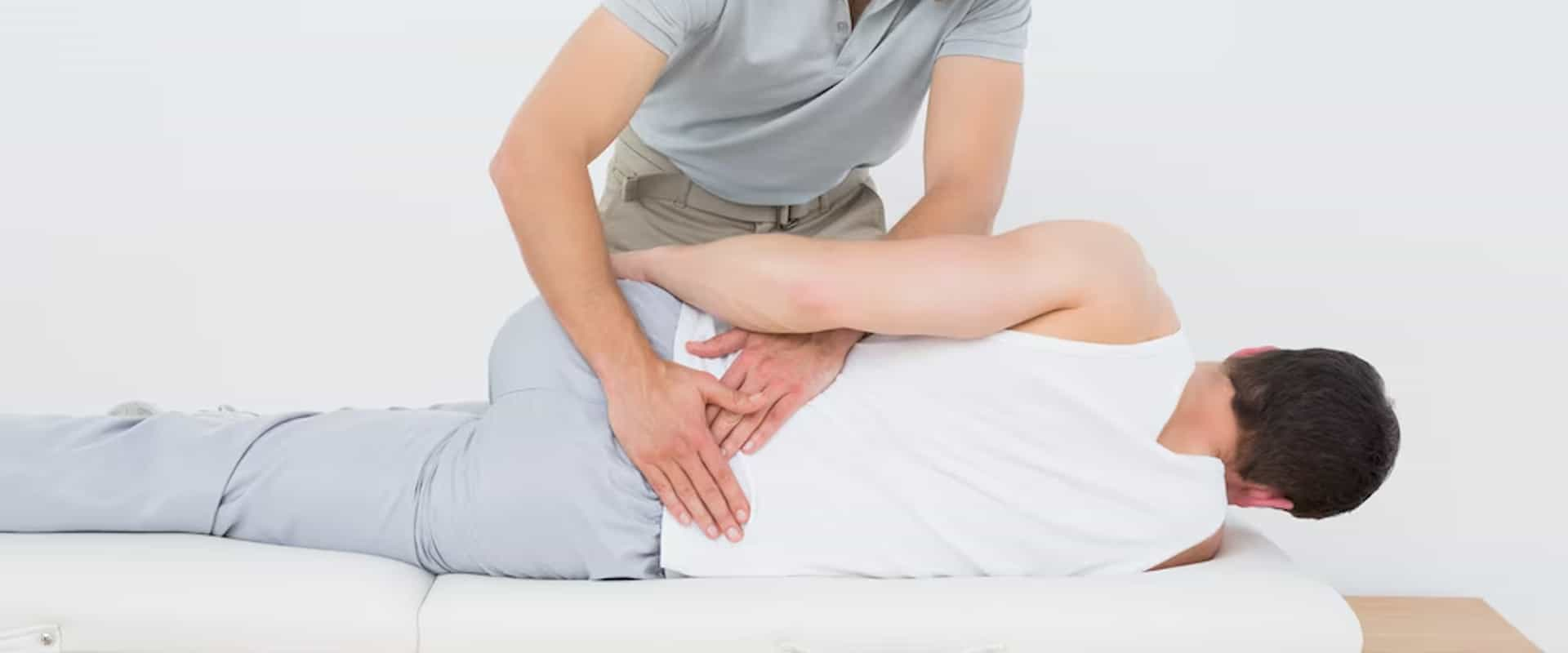


Scoliosis is a medical condition characterized by an abnormal curvature of the spine. While it can develop in individuals of any age, it is particularly common in children and adolescents. However, scoliosis can also affect seniors, leading to pain, discomfort, and mobility issues as they age. In this article, we will delve into scoliosis, its impact on seniors, and how physiotherapy can help in managing the condition and improving quality of life.
Scoliosis is a condition where the spine curves sideways, usually forming an "S" or "C" shape. The spine naturally has some curves, but scoliosis causes an exaggerated curve that can lead to pain and discomfort. Scoliosis is classified into different types, such as idiopathic, congenital, and neuromuscular scoliosis. In seniors, it is often related to degenerative changes in the spine, such as osteoarthritis, disc degeneration, and bone spurs. While scoliosis is often diagnosed in childhood, it can develop or worsen as people age, particularly when there is a lack of proper spinal care or due to the natural aging process.
In seniors, scoliosis can develop due to a variety of reasons, most commonly linked to degenerative spinal changes. Some of the main causes of scoliosis in older adults include:
While the symptoms of scoliosis can vary from person to person, some common signs that may indicate scoliosis in seniors include:
Scoliosis can significantly affect the quality of life in seniors, especially if the condition is left untreated or unmanaged. As the curvature of the spine worsens, individuals may experience: